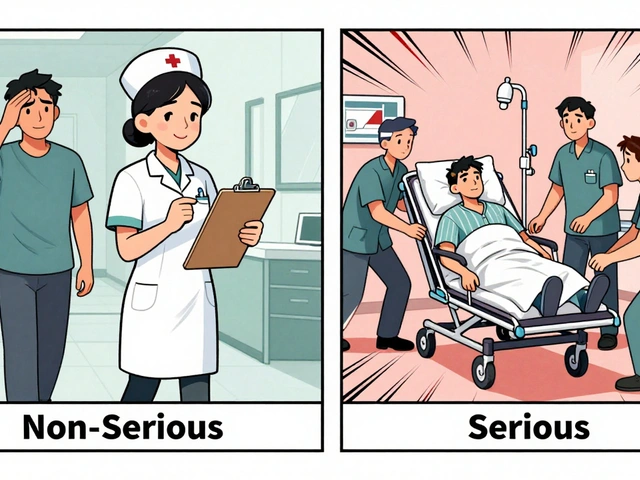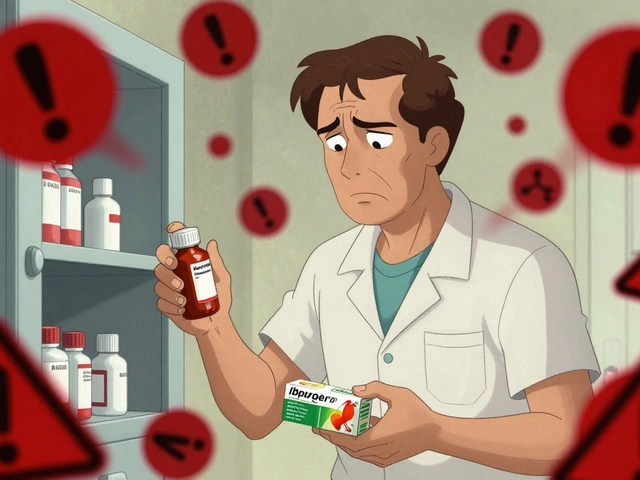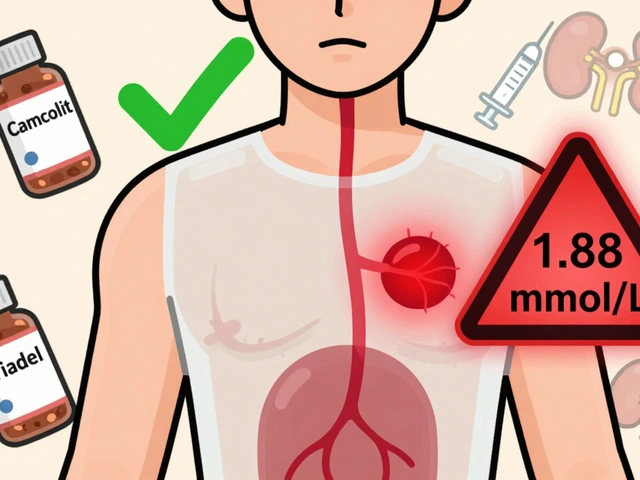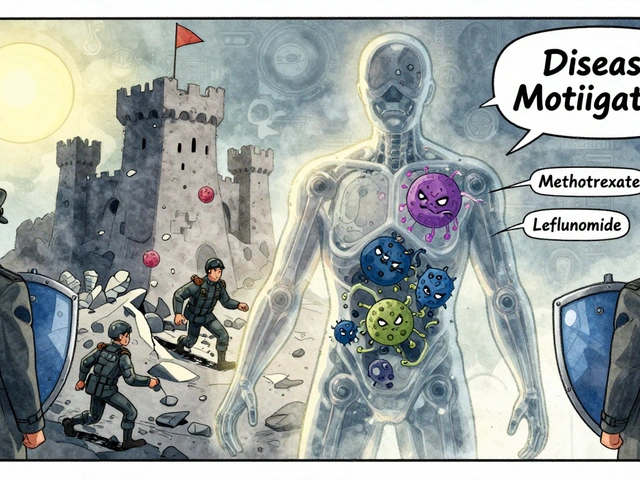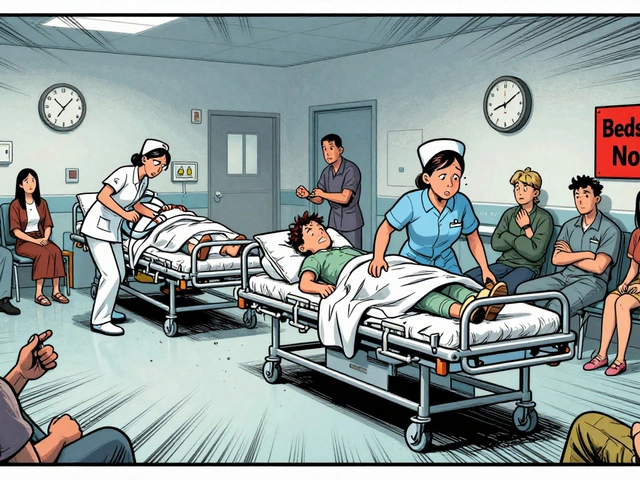Tips for buying medicine safely, saving on prescriptions, and handling treatment side effects
Paying too much for meds or unsure which online pharmacy to trust? These tips are short, practical, and based on real issues people face every day. Use them to spot scams, lower costs, and get better results from your treatment.
How to vet an online pharmacy fast
Check the basics first: a real pharmacy lists a physical address, phone number, and a licensed pharmacist. If a site sells prescription-only drugs without asking for a prescription, walk away. Look for secure checkout (https://), clear refund and shipping policies, and up-to-date contact info.
Read recent customer reviews from multiple sources. One glowing review doesn’t mean much, but repeated complaints about wrong meds, long shipping, or poor customer service are red flags. Compare pill photos and packaging to what you know. If something looks off — different pill shape, color, or labeling — question it.
Payment matters. Prefer credit cards or trusted services that offer fraud protection. Avoid wire transfers or crypto for first-time orders. Finally, search the pharmacy’s name with words like “scam,” “review,” and the country it claims to operate from. That often reveals real problems fast.
Simple ways to cut prescription costs
Start with generics. They’re cheaper and usually work the same as brand-name drugs. Ask your doctor or pharmacist if a generic is available. Use price comparison tools and pharmacy discount cards — apps and coupon sites can drop costs dramatically.
Check manufacturer savings programs and patient assistance if you’re on a high-cost drug. For short-term needs, ask about single-dose or smaller packaging. If you take long-term meds, buying a 90-day supply often lowers the per-month price.
Consider telehealth services tied to reputable pharmacies when a local refill is expensive. If you look at international suppliers, verify licensing and customs rules first — cheaper isn’t always safe.
Bonus tip: bring a full medication list to every appointment. That helps prescribers pick cheaper, compatible options and avoids costly interactions or duplicate therapy.
Managing side effects and choosing alternatives is practical. If a drug causes a rash, nausea, or new symptoms, call your prescriber before stopping. They can suggest dose changes, switching to a similar drug, or adding simple remedies to ease side effects. For mental health or chronic pain meds, don’t stop suddenly — get a taper plan.
If you’re weighing alternatives (like for hair loss, BPH, or antidepressants), ask about real-world side effects and costs, not just trial results. A cheaper option that causes new problems isn’t saving you money or time.
Want more specific guides — like how to buy Elocon safely online or ways to lower costs without insurance? Browse our pieces for step-by-step checks and real-world tips designed to make medication decisions clearer and safer.

Allergic conjunctivitis and contact lenses: Tips for wearers
As a contact lens wearer, I know how frustrating allergic conjunctivitis can be. To minimize the discomfort, it's essential to maintain proper lens hygiene, such as cleaning and replacing lenses regularly. It's also a good idea to avoid allergens, like pollen and pet dander, whenever possible. Switching to daily disposable lenses can be helpful, as they reduce the chances of allergen buildup. Finally, don't hesitate to consult your eye doctor if symptoms persist, as they may recommend alternative lens materials or allergy eye drops.
View More
